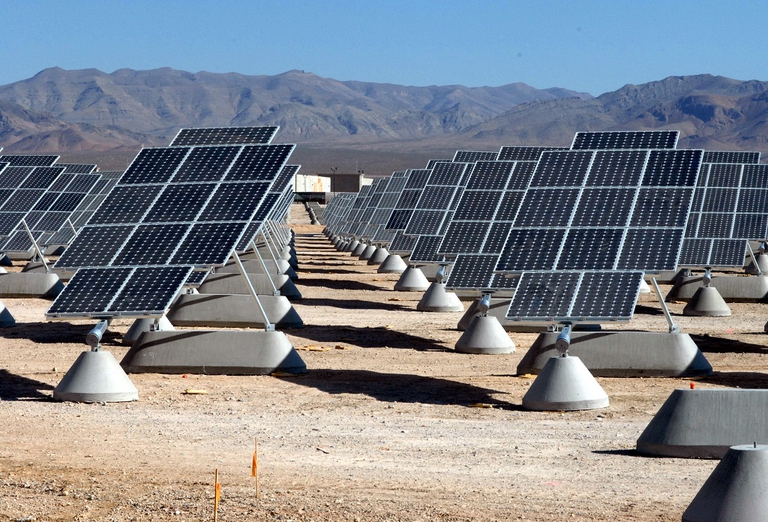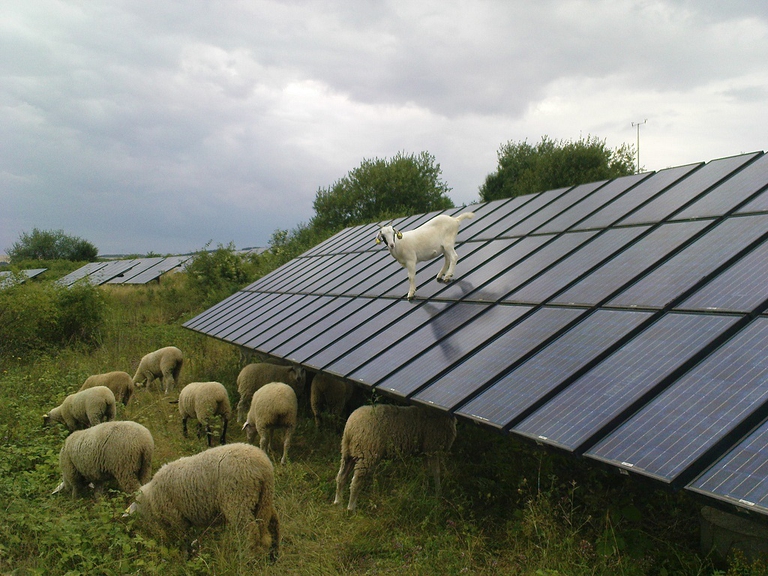The use of renewable energy sources is increasing globally. 2014 recorded the highest number of wind and solar power plant installations.
Without the sun we just couldn’t exist and the planet would be an icy, sterile land. Alongside having allowed the development of life, the sun represents a perfect renewable energy source. All over the world, always more sophisticated technologies are being developed in order to exploit sunlight to produce clean energy. Here are some of the most audacious and successful solar projects.
![impianto solare nel desrto del gobi]()
Solar plant in Gobi desert, China
China is building the country’s largest solar park. The plant will be in Gobi desert, in Golmud, with an area of some 2,550 hectares. The plant will be able to fulfil the energy needs of 1 million households. According to a recent survey of Greenpeace East Asia, thanks to the increasing use of renewable energies, China’s air pollution levels have improved despite they still remain insufficient according to global standards.
PS20 solar power plant, Spain
In 2009, in Andalusia, southern Spain, the PS20 solar power plant became operational. The plant, 165 metres high, is second for its dimensions only to the Californian plant Ivanpah Solar Power Facility. The tower boasts 1,255 panels and can generate 20 Megawatts of clean electricity.
![torre solare ps20]()
Solar systems on hospital in Bihar, India
In India, over 300 million people lack access to the electricity grid and fossil fuels dependence is deeply rooted. Yet there are realities trying to reverse this trend by investing in renewable energies. The Tripolia Hospital, for example, has installed systems to exploit the concentrated solar energy. Such systems produce vapour used to sterilise medical tools. Moreover, photovoltaic panels have been installed on the roof to produce electricity.
Solar panel and straw in Aeroe island, Denmark
The island of Aeroe, southern Denmark, boasts one of the world’s largest solar energy plants. The island’s objective is to reach energy self-sufficiency. For heating, citizens exploit also straw, which powers district heating systems combined with photovoltaic panels.
![pannelli in danimarca]()
Solar photovoltaic power plant in Tangtse, India
The Indian city of Tangste, near Himalaya, where light dispersion in the atmosphere is lower, has installed a photovoltaic plant that provides electricity to a clinic, a school and over 300 households for 5 hours per day.
Translated by Camilla Soldati
Siamo anche su WhatsApp.
Segui il canale ufficiale LifeGate per restare aggiornata, aggiornato sulle ultime notizie e sulle nostre attività.

Quest'opera è distribuita con Licenza Creative Commons Attribuzione - Non commerciale - Non opere derivate 4.0 Internazionale.











